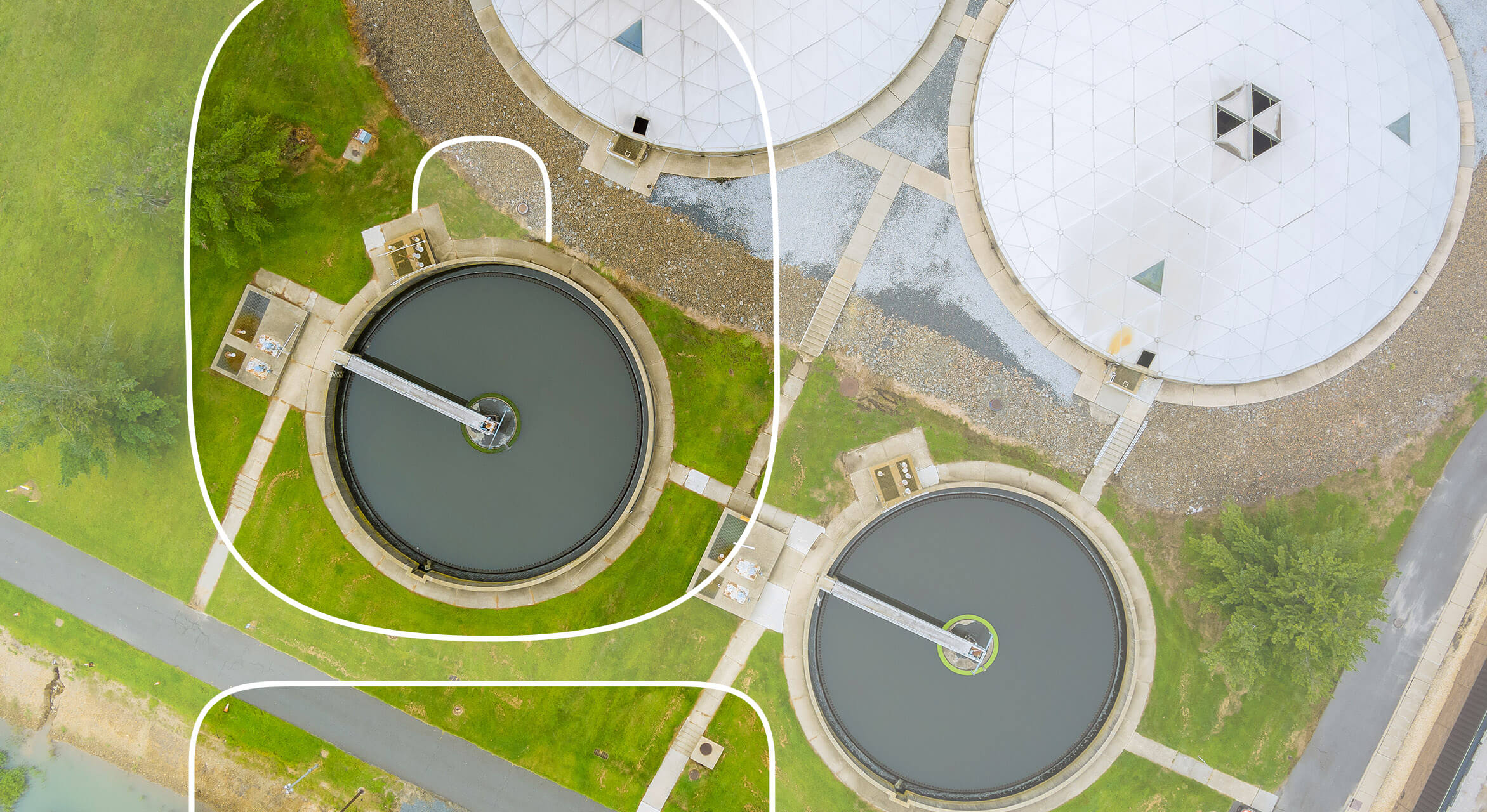Understanding Wastewater Therapy Processes and Their Ecological Effect
The complexities of wastewater therapy processes play a pivotal function in mitigating environmental obstacles connected with water air pollution. Each stage, from initial to advanced treatments, is made to deal with details contaminants, inevitably safeguarding both public health and wellness and marine environments. Nonetheless, despite technological innovations in treatment effectiveness, substantial obstacles persist, including the monitoring of residual pollutants and the ramifications of nutrient drainage. As we discover the intricacies of these procedures, it becomes necessary to wonder about how far present techniques can evolve to meet the growing demands of sustainability and environmental conservation.
Review of Wastewater Therapy
Exactly how is wastewater changed right into a risk-free resource for the environment? Wastewater therapy is a vital process developed to eliminate pollutants from utilized water, thus safeguarding public health and protecting ecosystems. This procedure starts with the collection of wastewater from property, commercial, and industrial sources, which is then directed to treatment facilities.
At these facilities, numerous physical, chemical, and organic approaches are utilized to treat the wastewater. Preliminary screening gets rid of big particles, complied with by sedimentation to separate larger solids. Ultimately, organic therapies, such as triggered sludge processes, make use of bacteria to break down natural matter. These approaches not just decrease toxin levels yet likewise facilitate the recuperation of important nutrients.
The treated effluent can be safely released right into natural water bodies or recycled for irrigation and industrial purposes, advertising source conservation. Additionally, the therapy procedure creates biosolids, which can be repurposed as fertilizers or soil modifications, even more boosting sustainability.
Stages of Treatment Procedures
The wastewater therapy process typically is composed of 3 main phases: preliminary, key, and second treatment. Each phase offers a distinct function in reducing the contaminant lots and guaranteeing the effluent satisfies ecological standards before discharge.

The primary treatment phase focuses on the physical separation of put on hold solids from the wastewater. Via sedimentation, heavier bits resolve at the end of sedimentation storage tanks, creating sludge, while lighter materials, such as oils and oils, float to the surface area and are skimmed. This procedure significantly reduces the organic and inorganic load in the wastewater.
Additional treatment is a biological process intended at additional minimizing the concentration of organic matter. This stage is essential for achieving the essential biochemical oxygen need (BODY) decrease, ultimately leading to cleaner effluent ready for discharge or more treatment.

Advanced Treatment Technologies
Following the second therapy processes, advanced treatment modern technologies play an important duty in more improving the quality of dealt with wastewater. These technologies are made to eliminate residual impurities that are not successfully gotten rid of during main and additional therapies, making sure the effluent satisfies rigorous regulatory requirements.
Among the commonly made use of sophisticated therapy methods are membrane purification, reverse osmosis, and advanced oxidation processes. Membrane layer filtration, including microfiltration and ultrafiltration, works in dividing great particles, pathogens, and colloids from the water (Wastewater). Reverse osmosis uses semi-permeable membrane layers to remove dissolved solids, leading to premium water ideal for various applications
Advanced oxidation procedures (AOPs) employ strong oxidants to weaken natural pollutants, including pharmaceuticals and individual treatment items that are immune to conventional treatment. These official source techniques boost the biodegradability of intricate compounds, facilitating their elimination.
An additional significant innovation is making use of organic nutrient elimination procedures, which particularly target nitrogen and phosphorus, protecting against eutrophication in receiving water bodies. Generally, innovative treatment innovations are important for attaining greater degrees of purification, promoting water reuse, and securing public wellness while dealing with the obstacles connected with wastewater administration.
Ecological Benefits of Therapy
Numerous environmental advantages occur from reliable wastewater treatment processes that add to ecosystem health and sustainability. Mainly, these procedures significantly decrease the release of unsafe toxins right into all-natural water bodies, which aids maintain aquatic environments. By eliminating pollutants such as hefty steels, nutrients, and virus, dealt with wastewater alleviates the threat of waterborne conditions and advertises biodiversity in aquatic atmospheres.
In addition, wastewater therapy centers usually use innovative innovations that allow water recycling and reuse. This practice not only conserves fresh water sources however also reduces the need on natural water products. Improved nutrient removal from wastewater can additionally stop eutrophication, a process that leads to algal blooms and subsequent oxygen depletion in aquatic systems.
Additionally, reliable therapy processes can reduce greenhouse gas emissions, specifically methane and nitrous oxide, which are frequently launched during untreated wastewater disintegration. By catching and utilizing biogas from anaerobic digesters, centers can transform waste right into renewable resource, therefore adding to a reduction in fossil fuel dependence.
Obstacles and Future Trends
While the ecological benefits of wastewater treatment are clear, numerous difficulties persist that impede optimal end results in this area. One significant issue is maturing infrastructure, which often brings about inefficiencies and raised functional costs - Wastewater. Lots of treatment plants were created years ago, and their capabilities do not line up with modern-day demands, that include stricter regulative criteria and greater volumes of wastewater due to urbanization

Looking ahead, there is an expanding emphasis on resource recovery and circular economic situation concepts within wastewater therapy. Technologies such as anaerobic food digestion, which can generate biogas, and progressed filtering modern technologies are obtaining grip. These techniques not only enhance treatment efficiency but likewise promote sustainability.
Ultimately, attending to these difficulties requires collaboration among stakeholders, investment in technology, and a commitment to continuous research study. By accepting these trends, the wastewater treatment field can progress to meet the needs of a transforming atmosphere and society.
Verdict
In verdict, wastewater treatment processes play an essential function in boosting ecological quality and public health and wellness. The multi-stage treatment framework, paired with advanced technologies, successfully minimizes pollution and advertises lasting water management.